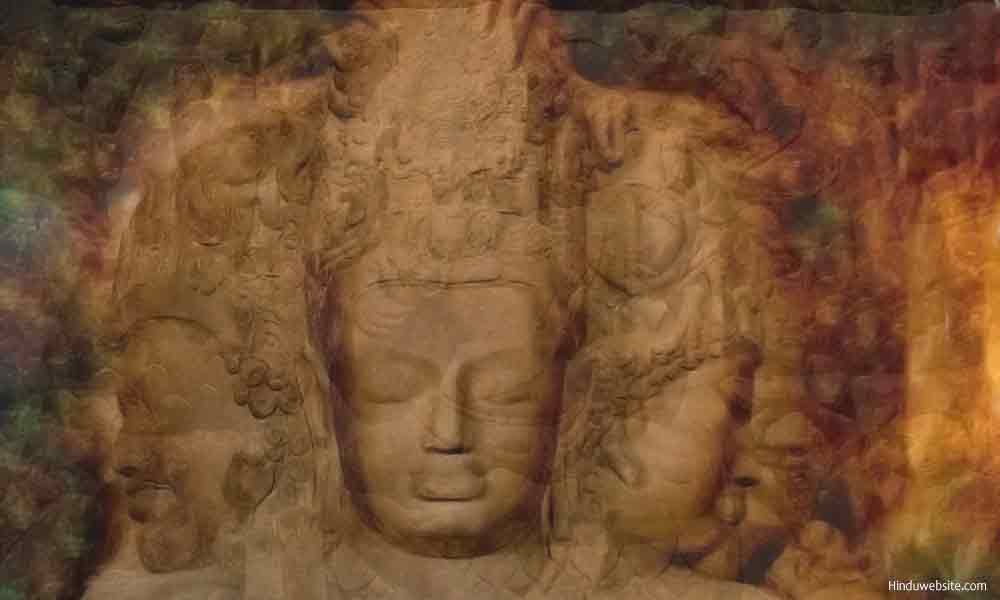
Main Sects and Schools of Hinduism

Hinduism is a complex religion. It is an artificial collection of several traditions that originated in India in the last few millenniums.
Since, the Muslim and British rulers and scholars alike were ignorant of the native traditions, they grouped everything under the generic name Hinduism to contrast them with their own beliefs and practices.
Thus the name, Hinduism, came to say. But a close examination of Hinduism reveals that it has many sects and teacher traditions, with large following, which can be treated as religions themselves.
The following is a list of major religious sects and teacher traditions in Hinduism.
1. Saivism: Probably the oldest of all sects with its roots in prehistoric traditions of the subcontinent. Followers of Saivism worship Lord Siva as their chief deity and regard him as Isvara, or Brahman. They wear a mark of three horizontal stripes on their foreheads. There are several sub-sects within Saivism such as Adisaiva, Pasupatha, Kashmiri, Vira and Gorakanatha sub sects. They all acknowledge Siva as the Supreme Self, but prescribe different beliefs, methods and practices for liberation.
2. Vaishnavism: Currently the most popular sect of Hinduism with largest following. They consider Vishnu, Narayana and Krishna as the Supreme Self and worship their numerous aspects. As in case of Saivism, there are many sects within Vaishnavism also such as Vaikhasana, Pancaratra. They also differ in their beliefs and methods of worship. Followers of Vaishnavism worship Lord Vishnu as the Supreme Creator and wear a U shaped mark on the forehead with a long stripe between the two arms of U. Swami Narayana and Hare Krishna are the most important teacher traditions of Vaishnavism.
3. Shaktism: Followers of the sect worship Mother Goddess or Shakti and her numerous aspects as the highest supreme Deity. They believe that Shakti is supreme, eternal and independent, who is both material and instrumental causes of creation, with the Self or Isvara acting as passive witness in the background. Shakti is worshipped throughout India and there are numerous devi temples and Shakti Pithas in the country. However her worship is more popular in eastern India.
4. Tantrism: Followers of Tantra may worship either Siva or Vishnu or Vishnu or their aspects. They however follow unconventional methods of worship, even very controversial ones, known as left-hand methods (vamacara) to achieve liberation. Most of the practices are kept as closely guarded secrets from general public because of their controversial nature.
5. Popular religion: A vast majority of Hindus do not belong to any sect. They worship numerous gods and goddesses and make them offerings. They may have personal gods of their choice, but worship other deities also with equal fervor, and celebrate all important festivals.
Other important cults of Hinduism are the Ganapatya cult, whose principal deity is Ganesha and Saura Cult which is centered around the worship of Surya, the sun god.
Each of the sect has a history of two or three thousand years and vast body of literature in the form of Puranas, Sutras and Upanishads supporting their beliefs and practices.
Within each of the sects there are several teacher traditions and schools of philosophy, which can be divided principally into three categories: Advaita, Dvaita and Vishistadvaita.
Followers of Advaita believe that duality is a delusion and God alone is true and real. There is no second.
Dvaita schools believes that God and His creation are distinct and different in every aspect. On liberation souls continue to exist as independent entities.
Vishistadvaita, holds the middle ground. They believe that God and souls are almost identical and there is no duality between them except notionally.
This article scratches the surface of the subject. Volumes can be written about each of the sects and their sub sects. The sects and subsets of Hinduism enjoy wider following than some world religions with a history that is equally ancient and eventful.
Suggestions for Further Reading
- Hindu Gods - Lord Ganesha
- God and Self in Hinduism
- Goddesses of Hinduism, Their Symbolism and Significance
- Purusharthas in Hinduism
- The History, Antiquity and Chronology of Hinduism
- Ashrama Dharma in Hinduism
- Hinduism and Buddhism
- Death and Afterlife in Hinduism
- Hinduism and Divorce
- Hinduism and Adultery
- Hinduism, Food and Fasting
- The Future of Hinduism
- Good and Evil in Hinduism
- The Hindu Marriage, Past and Present
- What is Maya in Hinduism?
- The Origin and Definition of Hindu
- Hinduism and Polygamy
- Hinduism and polytheism
- Hinduism and Premarital Relationships
- God and Soul, Atma and Paramatma, in Hinduism
- About Suicides in Hinduism
- Religious Tolerance in Hinduism
- Violence and Abuse in Hinduism
- Traditional Status of Women in Hinduism
- Ashtanga Yoga of Patanjali
- About Hanuman or Anjaneya
- Hinduism and Same-sex Marriage
- Perspectives on What Karma Means
- Hinduism - The Role of Shakti in Creation
- Significance of Happiness in Hinduism
- Hindu God Lord Shiva (Siva) - the Destroyer
- The Role of Archakas, Temple Priests, in Hinduism
- Hinduism - Gods and Goddess in the Vedas
- Essays On Dharma
- Esoteric Mystic Hinduism
- Introduction to Hinduism
- Hindu Way of Life
- Essays On Karma
- Hindu Rites and Rituals
- The Origin of The Sanskrit Language
- Symbolism in Hinduism
- Essays on The Upanishads
- Concepts of Hinduism
- Essays on Atman
- Hindu Festivals
- Spiritual Practice
- Right Living
- Yoga of Sorrow
- Happiness
- Mental Health
- Concepts of Buddhism
- General Essays